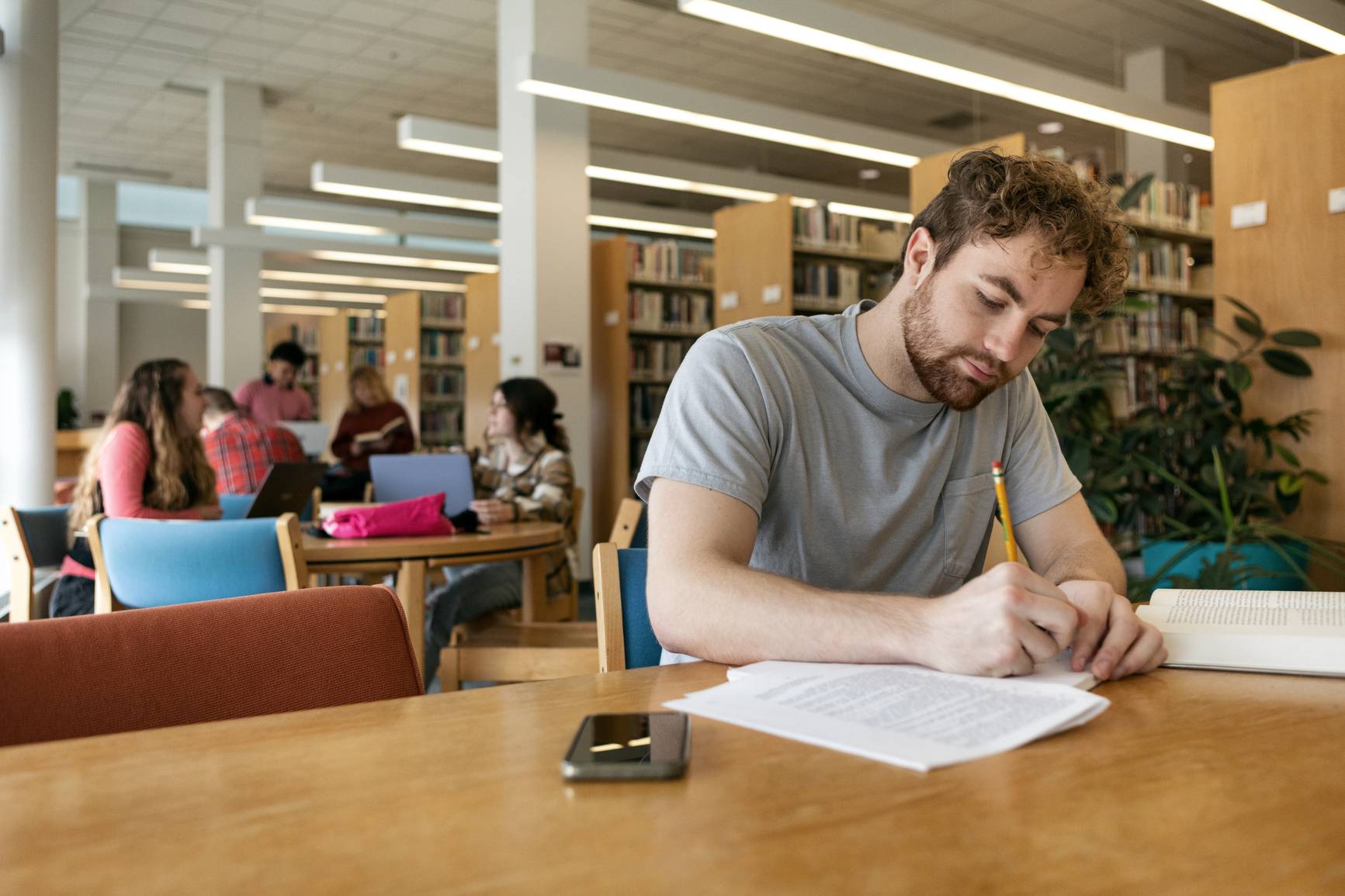Can’t Pay Student Loans? Solutions for Financial Relief

Half the post-secondary students in Canada apply for student loan money to cover the prohibitive cost of their education each year. In fact, according to Statistics Canada, the average Canadian student loan debt grows to around $17,000 by graduation day, although the final amount can often move much higher (some sources estimate the debt load per student could be as high as $26,000).
So, what are newly graduated students to do when, fresh out of class and searching for full-time employment, they receive a letter reminding them of their loan repayment responsibilities? In many cases, this debt is not only difficult to repay if the new graduate is still searching for employment, but it is also forcing many of them to make decisions they should not have to make (loan repayment versus getting married or buying a first home, for example).
Most student loans are issued by the federal NSLSC (National Student Loan Service Centre) and/or a provincial government (for example, OSAP, the Ontario Student Assistance Program). While a student is enrolled full-time in a post-secondary institution, there is no loan repayment required, allowing focus on studies rather than struggling to balance studies and employment. However, once a graduate leaves school there is a six-month grace period before repayment of the student loans must begin.
Many former students struggle to repay their student loans. And with the arrival of COVID-19 and the loss of employment for many, repaying loans has become exceedingly difficult to do. Luckily, there is some good news. The federal government recently provided some relief to student loan holders because of COVID-19. Beginning April 1st, 2021, the student loan interest rate was reduced to zero percent for the federal portion of student loans owed (the interest rate cut will last until at least March 31, 2022).
Even with this helpful move, many recent graduates continue to struggle to pay their monthly loan amounts as they continue to search for a job during Year 2 of the pandemic. For those struggling, the government-managed Repayment Assistance Plan (RAP) is available.
The RAP is designed to help people manage their student loans. Under this plan, loan payments are reduced (or even eliminated) depending on a person’s financial situation. Loan holders need to apply for the RAP (enrollment is not automatic). In addition, a reapplication is required every six months.
How does the RAP work? The Government of Canada and the applicant’s provincial government will pay any interest owing on outstanding student loans. This will last for up to 60 months or until the loan holder is ten years out of school (whichever comes first). After this time, the federal and provincial governments will start to cover the principal on the loan as well, with the goal of having it paid off completely within 15 years after finishing school (or within 10 years if there turns out to be a permanent disability).
But many of us do not qualify for repayment assistance due to higher income or other factors. For anyone who does not qualify, a non-payment of the student loan needs to be avoided whenever possible. Close to 10% of student loan holders fail to pay their loans following graduation (and it is estimated that number will skyrocket due to the pandemic because of job loss).
For the federal portion of loans, a default (which is an extended period of missed payments) occurs if nine months of payments have not been made. For the provincial portion, the amount of time you have differs among the provinces; some only allowing five months. If you default on the federal portion of your student loan, your outstanding debt will be sent to the CRA (Canada Revenue Agency) for collection. If you are unable to pay the provincial portion of the loan, a private collection agency could start calling; each province establishes its own rules on handing defaulted loans (in Ontario it is the Ministry of Finance).
If you have worked hard to keep your loan payments current but the loan has gone into default anyhow, the first step is to contact the NSLSC and have a chat with them about making the loan current. For the provincial portion of the student loans, all it takes is a call to the loan provider in your province (OSAP staff can assist you both online and by telephone).
When you contact the NSLSC they will ask you to take specific steps to restart your loan account, including arranging a payment schedule with the CRA, getting caught up on any interest you have missed and making a lump-sum payment equal to two monthly payments. Once all this is arranged your loan will be back in good standing.
But for many of us, even these requirements to catch up on our loans are stressful and not achievable. If you are not able to produce the funds the NSLSC needs, there are other options available to deal with your loan debt. With the help of a Farber Consumer Proposal, and our team of licensed professionals, you can include student loan debt in a Consumer Proposal if you have been out of school for at least seven years.
Talk to us today to find out more. We are here to help. Click the FREE CONSULTATION button below or give us a call!
Get out of debt
We offer a powerful debt-relief solution that can significantly reduce your debt without the drawbacks of declaring bankruptcy.
Take the first step
Book a free, confidential, no-obligation consultation and together, we can make a plan to help regain control of your money.
What you need to know
Although debt can be overwhelming, there are ways to start fresh and improve your relationship with money.